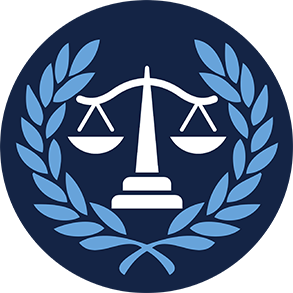Opening Statement
Ranking Member Conyers' Statement at Copyright Hearing
Washington, DC,
March 13, 2014
Statement of Ranking Member John Conyers, Jr. Thursday, March 13, 2014 at 9:30 A.M. Today’s hearing provides an important opportunity for us to examine online service provider liability, and the effectiveness of section 512 of title 17 of the United States Code. Section 512 creates a mechanism that immunizes certain service providers from liability as long as they do not derive financial benefit from infringing activity and take down infringing material that they know about or are notified about by rights holders through a notice and takedown process. That process allows copyright owners – without having to go to court – to request that certain types of service providers remove infringing material. As we examine section 512 today, there are several factors that should be kept in mind: To begin with, although much has happened since section 512 was enacted as part of the Digital Millennium Copyright Act in 1998 – especially with respect to the Internet and the online landscape – many of the same concerns that led to the enactment of this law remain. Fifteen years ago, the Internet was in an early stage of development and extremely different from the way it is today. For example, there were very few blogs, search engines, and social media services such as Facebook and Twitter did not exist. Even then, however, copyright owners were legitimately worried that Internet users could spread near-perfect copies of copyrighted works instantly around the world without first securing permission to use the works. At the same time, Internet service providers worried that they could be held liable for actions of their users, even if the service providers themselves were not directly infringing. In the fifteen years since Section 512’s enactment, advances in technology and the globalization of the Internet have presented numerous challenges for those seeking to apply section 512 to new and evolving digital distribution systems. So it is important that we assess how the law has kept up with technology. Second, I am concerned that some courts interpreting section 512 have done so in a way that may be more restrictive than we intended when the statute was enacted. The law, as interpreted by these courts, imposes significant burdens on copyright owners to monitor the Internet and specifically identify millions of infringing files. At the same time, courts have narrowly interpreted the circumstances under which providers will be deemed to have sufficient “red flag” knowledge of infringement to trigger the duty to take material down. In addition, section 512 has also generated a large amount of litigation, particularly with respect to issues presented by new technologies such as cyberlockers and peer to peer file sharing. These advances, in particular, have facilitated copyright infringement in a manner that Congress did not fully envision when it defined the eligibility criteria for Section 512’s safe harbors in 1998. As a result, the statute has proven largely ineffective in combating the massive amounts of infringement that occur using these technologies. We must continue to work to decrease the amount of infringing content on the Internet. There continues to be an increase in the number of sites that provide access to infringing copies of movies, television shows, music and other content. Further, we must consider how we can improve the process for identifying and handling repeat infringers. When takedowns occur, copies of the same works often are put up immediately elsewhere, resulting in a ‘whac-a-mole’ scenario that forces rights holders into a never-ending cycle of takedown requests. While some content owners use automated systems to locate huge quantities of online infringement, this generally produces a large number of notices that may include repeat requests concerning the same infringing file. We should also consider whether search engines can somehow prioritize results that do not contain infringed material. In today’s environment, search engines have initiated practices to demote or alter search results in other contexts – for example, where users attempt to manipulate their rank, or to address allegations that search results that prioritize a service providers’ own products over those of its rivals is anti-competitive. To date, however, there has been a resistance to do so for copyright holders. We should explore whether these practices are suitable in this context as well. Finally, I want to strongly encourage all stakeholders to continue to develop voluntary initiatives to fulfill the DMCA’s goals to limit copyright infringement. Copyright owners, online service providers, and users are in the best position to assess practices with respect to online copyrighted content. To that end, the 2013 Copyright Alert System provides a useful model. This system is an agreement between major media corporations and large Internet service providers to monitor peer-to-peer networks for copyright infringement and to target subscribers who may be infringing copyrighted materials. I am sure our witnesses have other suggestions of additional voluntary initiatives that may be helpful in this area. So, I look forward to their testimony. |



